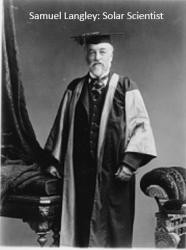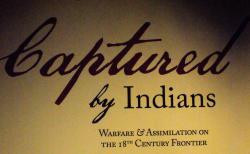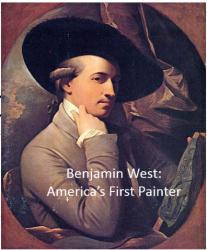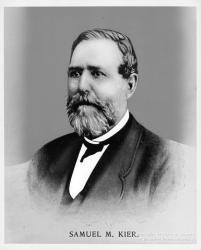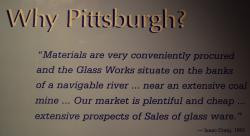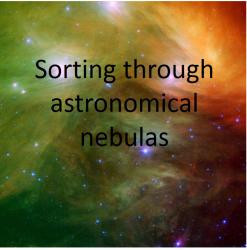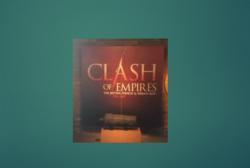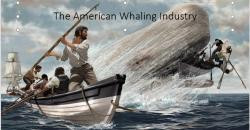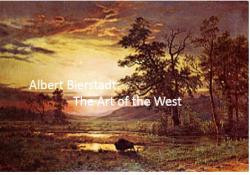Arthur Glaser's collections
American stereotype: All Black Pilgrim Attire
<p>Every year near Thanksgiving, images of our Pilgrims father begin to proliferate showing them as very austere and wearing only black clothing. This learning lab introduces images of Pilgrims that are compared with written primary sources. It was customary in the 17th century to inventory all the belongings of the deceased before they were distributed to the heirs. These inventories and the wills themselves provide detailed information about the attire of everyday Pilgrims of this period.</p>
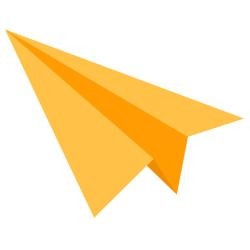 Arthur Glaser
Arthur Glaser
21
Samuel Langley, Solar Scientist
<p>Samuel Langley was the director of the Allegheny Observatory very near the city of Pittsburgh. Langley focused his telescope on the sun each clear day hoping to find its secrets and energy output.</p>
 Arthur Glaser
Arthur Glaser
21
George Catlin: Indian Portraiture
<p>During the 1830s, George Catlin and his team produced over five hundred images of native American life on the western plains. Nearly half of his work consisted of exquisite portraits of Indians of many different tribes. Some tribes like the Hidatsa disappeared before any other visual representation of them could be made.</p>
 Arthur Glaser
Arthur Glaser
25
Midnight Ride of Paul Revere
<p>Henry Wadsworth Longfellow wrote his famous poem, "The Midnight Ride of Paul Revere" during the American civil war. Since he was not an eyewitness to the ride, historians have found errors of substance in the poem. This lab focuses on what really happened that night, April 19, 1775.</p>
 Arthur Glaser
Arthur Glaser
21
Benjamin West: America's First Painter
<p>Benjamin West began painting in America during the late colonial period. His works represented a variety of styles. He was equally good at portraiture which was what most customers wanted and romantic renditions of battle scenes. Later in his career he devoted much of his time to Greek and Roman mythological themes.</p>
 Arthur Glaser
Arthur Glaser
25
Pittsburgh at the 1893 Columbian Exposition
The first world's fair exhibited the latest advancements in technology, food production, and the arts. Pittsburgh was represented by Westinghouse, Heinz, Brashear, and Ferris.
 Arthur Glaser
Arthur Glaser
36
Runaway in an Unknown Land: The Underground Railroad in Western Pennsylvania
Prior to the Civil War, enslaved people had little chance of securing their freedom. There were rare cases of freedom being purchased by the enslaved individual or by some benefactor. Even rarer was the granting of freedom papers by the master. For those who desired to taste freedom, the choice of running was often the only viable choice. Runaways faced incredible dangers en route including the possibility of capture.
 Arthur Glaser
Arthur Glaser
29
Glass: One of America's First Industries
America's first colony, Jamestown, initiated glass production with the hope that it would be an important product in the mercantile trade with the mother country. Although, the production of glass was successful, the quality did not measure up against that of British producers and the glass business soon waned in Jamestown. At the end of the eighteenth century, Pittsburgh found that it had all of the raw materials to make high quality glass and imported skill glass blowers from England to begin full production. So glass preceded the production of steel and became Pittsburgh's first large scale industry.
 Arthur Glaser
Arthur Glaser
40
Copley & the Art of Revolutionary Figures
<p>This learning lab consists of portraits painted by John Singleton Copley, one of America's first painters. The subjects included all played a role either prior to or during the revolution.</p>
 Arthur Glaser
Arthur Glaser
14
Voyage of Discovery: Lewis & Clark explore Louisiana.
Images related to the Corps of Discovery. Most people think of the Lewis and Clark Expedition as one of geographic exploration. However, President Jefferson charged them to study ethnography, biology, zoology, meteorology, botany and geology. They were required to make detailed maps of their travels and keep a journal about their experiences. Sculptures, paintings and other forms of artwork have been included to illustrate the many interpretations of Lewis and Clark.<br />
 Arthur Glaser
Arthur Glaser
38
George Washington's First Military Encounter
Governor Dinwiddie of Virginia sent George Washington and a contingent of Virginia militiamen to secure the forks of the Ohio from the French. Before the Virginians arrived at the forks, they encountered French and Indian allies in the wilderness of southwestern Pennsylvania. The encounters there sparked what eventually became a continental war and later a world war.
 Arthur Glaser
Arthur Glaser
29


